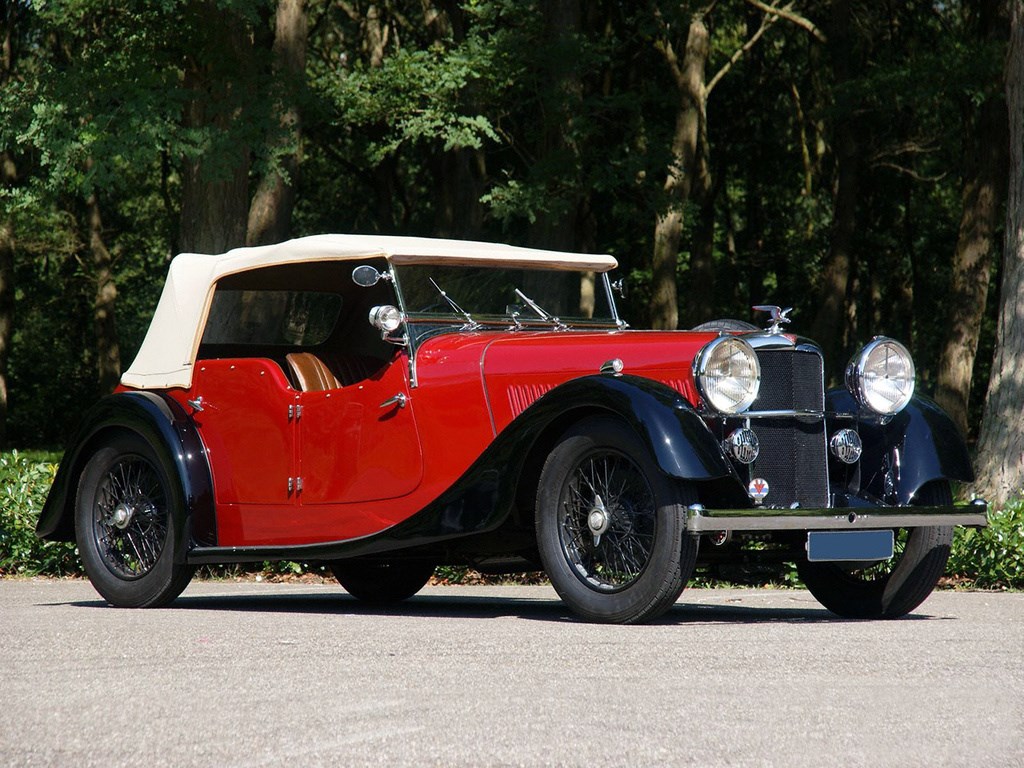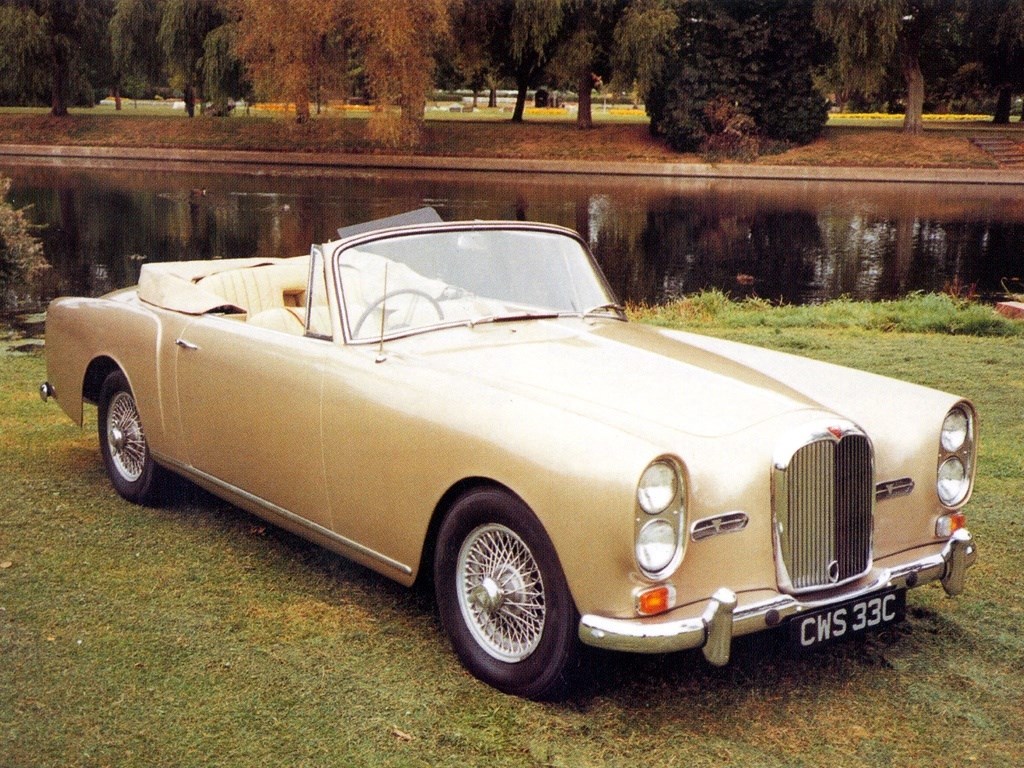
Despite its elegant, sporty and technologically advanced cars, Alvis is one of the least-known of the vanished British marques. Here's the story of a firm that disappeared too quickly from the automotive landscape.
The story of Alvis began with a meeting between two men: Thomas George John, founder in 1919 of the motorbike and car manufacturer T.G.John Ltd, and Geoffrey de Freville, a former Bentley employee. At the end of 1919, the Alvis Car and Engineering Company Limited was founded and the two partners went straight to work on their first car model: the 10/30.
Marketed from 1920 onwards, it was a fairly conventional car, but had the distinctive feature of a 1.5-litre engine with aluminium pistons, a revolutionary technical choice for the time. From the outset, the founders of Alvis relied on cutting-edge technologies, as demonstrated by the 4 brakes fitted as standard on the 12/40 in 1926 and the adoption of front-wheel drive from 1925, 1928 for the first production model, something that had never been seen in Great Britain!

Too early?
Not only was the Alvis FWD the first of its kind in the history of British motoring, but it was far from content with just that: its 4-cylinder overhead cam engine was mated to a 4-speed gearbox, and could be fitted with a supercharger for even greater performance. The car was also equipped with 4 independent wheels and a low-slung chassis, all 96 years ago!
The following year, Alvis developed an 8-cylinder engine with double overhead camshafts. Despite their sophistication, these two models did not really find their audience and sold poorly. This was the start of the brand's financial difficulties.

The arrival of 6 inline
In the end, it was the 6-cylinder engine that proved the most commercially successful. From 1933, this overhead-valve unit was combined with an independent-wheel chassis and a 4-speed gearbox. The Crested Eagle and Speed 20 were fast (over 110 km/h top speed), elegant and particularly aerodynamic cars.
Engine capacity gradually increased, reaching 4.3 litres (1936-1940) and 137 bhp. As well as producing cars, Alvis began assembling aircraft engines for the RAF in 1936, and the Second World War prompted the company to join the war effort by building armoured vehicles. Unfortunately, the factory was bombed and destroyed during air raids by the German army in 1940.

Gradual disinterest
In 1946, the company launched the TA 14, a 4-cylinder 1.9-litre Speed 25 bodied on a lengthened 12/70 chassis. The bodies were supplied by Mulliner, Carbodies or Tickford, who also supplied the convertibles. At the 1950 Geneva Motor Show, the TA 21, a 3-litre 6-cylinder car, was launched. 1003 saloons and 302 convertibles were built.
Even more confidential was the TB 21 roadster, of which only 31 were produced. In 1955, Alvis found itself without a coachbuilder, its partners having all been bought out or busy with other contracts. The brand's Swiss importer, Hermann Graber, offered his services and developed several bodies in the fashionable pontoon style. At the time, Alvis management was concentrating on its military activities and neglecting the automotive sector, which meant that cars were produced very sparingly.
However, in 1958, agreements with Park Ward gave rise to the TD 21, a model produced in (small) series, less expensive than those bodied in Switzerland by Graber. Even if sales picked up somewhat, Alvis still lagged behind competitors such as Aston Martin and Jaguar.

Sad end
While talks with Aston Martin offered a glimmer of hope for Alvis, the brand was finally bought by Rover in 1965, to everyone's astonishment. Two years later, the brand stopped producing cars for good, although it continued to develop in the armoured car market. Although Rover planned to use the Alvis badge on luxury coupé projects, the takeover by British Leyland in 1968 put a definitive end to the brand's history.



















